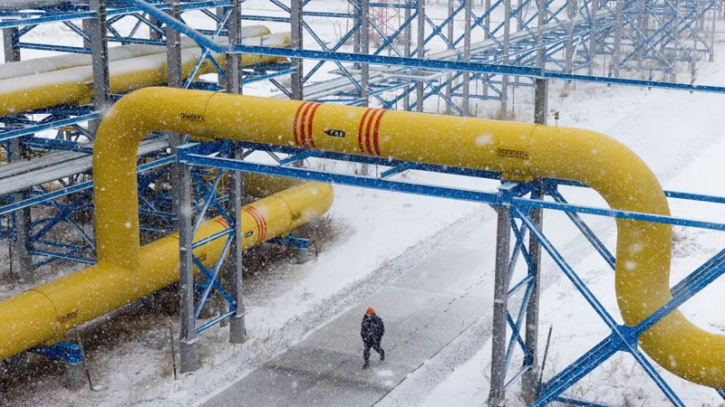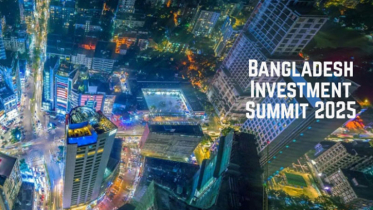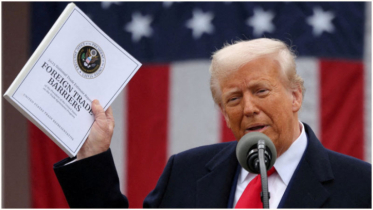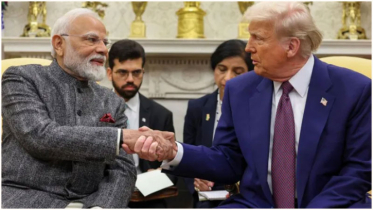Can Europe survive winter without Russian gas?

Over the past two years, Europe has rapidly distanced itself from Russia’s energy commodities in protest to Russia’s war in Ukraine. The European Union first placed an embargo on the import of crude oil from Russia in December 2022, followed by an embargo on oil products (including petrol and diesel) in February 2023.
Meanwhile, Russian natural gas imports have fallen from about 450 million cubic meters per day (mcm/d) at the end of 2021 to about 150 mcm/d currently.
The remaining gas flows are roughly split between LNG, pipeline flows through Ukraine and other pipeline routes (primarily flows via Turkey into Bulgaria as well as a small flow via Belarus into Lithuania). Europe has now emerged from two winter seasons with plenty of gas despite dramatically cutting Russian imports.
Europe’s gas stores were nearly 60% full by the end of the winter season in April 2024, a record for the close of the winter season.
At first glance, that feat appears impressive. However, it belies the fact that the continent has made little progress in cutting any more Russian supplies in nearly two years despite calls from some nations to completely do away with Russian energy commodities even as the war in Ukraine shows no signs of slowing down.
Indeed, energy commodity analysts at Standard Chartered have reported that there has been zero progress in reducing imports since flows through the Nord Stream pipeline system ceased. On the contrary, Europe’s gas imports from Russia have climbed ~50% since Q1-2023.
Ukraine’s recent military push into Russia’s Kursk oblast has raised market concerns over flows through Ukraine; however, StanChart considered these fears overblown. Back in 2019, Russia and Ukraine signed a five-year pipeline transit agreement to supply natural gas to Europe. However, Kyiv has signaled it will not renew the pact when it expires on December 31, 2024, while EU energy chief Kadri Simson has indicated that the EU executive has "no interest" in pushing to revive the agreement.
Ukraine gas amounts to 5% of total EU gas imports with Aura Sabadus, a senior analyst at the ICIS market intelligence firm, telling Politico that Austria, Hungary and Slovakia are likely to be the hardest hit when the imports are cut off. StanChart, however, says there’s enough capacity elsewhere to replace gas flows via Ukraine. The commodity analysts have pointed out that non-Russian LNG flows into the EU have declined by ~140 mcm/d since April, enough, if restored, to replace Russian LNG almost three times over. According tothe analysts, removing the last Russian molecules from the EU is more a matter of political will, something some European nations seem to lack.
StanChart’s sentiments are largely corroborated by findings by Bruegel, a Belgium-based economic thinktank, but with some important caveats. Bruegel has taken an indepth look at how the EU would fare if the flow of Russian gas to Europe were to be disrupted.
The main conclusion is that the EU could not only go through the next winter without Russian gas, but it could also do so without having to experience economic catastrophe. However, for this to happen, Europe would have to overcome severe technical and regulatory challenges and also slash its annual demand for natural gas by 10-15% as no amount of non-Russian imports would be enough to sufficiently refill storages ahead of the next winter.
First sanctions on Russian gas
Back in June, the EU approved sanctions on Russian gas, the first time it has done so ever since Russia invaded Ukraine. According to the Belgian EU presidency, the EU will hit Russia with unprecedented sanctions against its lucrative gas sector–a move that could potentially drain hundreds of millions from Moscow’s war chest.
The decision came after Germany and Hungary stalled a deal for weeks--though over different parts of the package. As you might suspect, the penalties won’t hit the majority of Russia’s liquid natural gas (LNG) exports to the EU; instead, the proposed sanctions would prevent EU countries from re-exporting Russian LNG after receiving it and also ban EU involvement in upcoming LNG projects in Russia. The sanctions will also prohibit the use of EU ports, finance and services to re-export Russian LNG, essentially meaning that Russia would have to overhaul its LNG export model. Currently, Russia supplies LNG to Asia through Europe, with Belgium, Spain and France being major hubs.
“If they can't transship in Europe, they might have to take their ice-class tankers on longer journeys,” Laura Page, a gas expert at the Kpler data analytics firm, has told Politico, adding that Russia “may not be able to get out as many loadings from Yamal because their vessels can’t get back as quickly.”
Norway and the U.S. have replaced Russia as Europe’s biggest gas supplier: Last year, Norway supplied 87.8 bcm (billion cubic meters) of gas to Europe, good for 30.3% of total imports while the U.S. supplied 56.2 bcm, accounting for 19.4% of total.
Source: Oil Price
.png)




